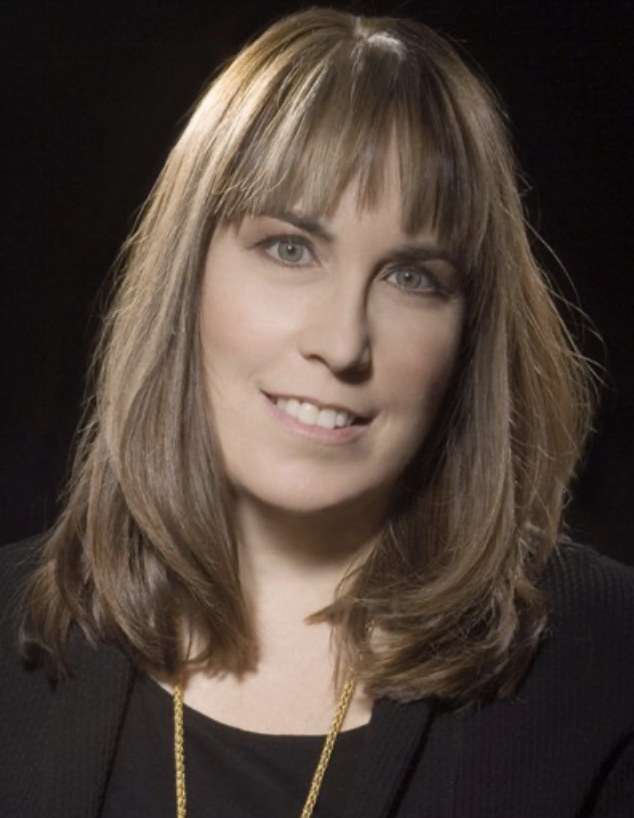|
Symphony
SRS SEASON ENDS WITH RESOUNDING TA-TA-TA-BANG
by Terry McNeill
Sunday, June 1, 2025
Symphony
YOUTHFUL VIRTUOSITY ON DISPLAY AT USO'S MAY CONCERTS
by Peter Lert
Saturday, May 17, 2025
Symphony
MYSTICAL PLANETS AND LIVELY GERSHWIN ORTIZ AT FINAL SRS CONCERT
by Peter Lert
Sunday, May 4, 2025
Symphony
VSO'S CONCERT MUSIC OF TIME, MUSIC OF PLACE
by Peter Lert
Sunday, April 27, 2025
Choral and Vocal
VOCAL ELEGANCE AND FIRE AT THE 222'S RECITAL APRIL 26
by Pamela Hicks Gailey
Saturday, April 26, 2025
CANTIAMO SONOMA SINGS AN INSPIRED GOOD FRIDAY MOZART REQUIEM CONCERT
by Pamela Hicks Gailey
Friday, April 18, 2025
DRAMATIC SHOSTAKOVICH SYMPHONY CLOSES PHILHARMONIC'S 25TH SEASON
by Terry McNeill
Sunday, April 13, 2025
LARGE COLLEGE OF MARIN AUDIENCE GREETS STOPHER ARTISTRY
by Terry McNeill
Saturday, April 5, 2025
Chamber
FRISSON DELIVERS SHIVERS OF DELIGHT
by Abby Wasserman
Sunday, March 30, 2025
OLD AND MOSTLY NEW IN SRS MARCH CONCERT IN WEILL
by Peter Lert
Saturday, March 22, 2025
|
 |
 Composer Lori Laitman |
EVOCATIVE REDWOOD SONG CYCLE AT SO CO PHIL CONCERT
by Terry McNeill
Saturday, February 4, 2023
On paper Sonoma County Philharmonic’s Feb. 1 concert didn’t look too promising – lightweight works by Grofé and Gotschalk, and four new short pieces set to local poetry. That view was misguided, and though the playing was not always revelatory, it indeed gave considerable pleasure to an audience of 110 in the Jackson Theater.
In what might have been a North Coast premiere, Gottschalk’s first Symphony (“Night in the Tropics”) was played during the two movements and 14 minutes as a study in contrasts and tasty orchestration. The long opening section feature Tom Hyde’s cornet and trumpet solos highlighting a slow waltz character. Much of the music appears to be cobbled together from various years, as no single authentic score exists, and conductor Norman Gamboa crafted convincing sound, especially in sharp changes in rhythms and letting the three trombones and three trumpets seemingly blare wonderfully.
Some Caribbean flavor crept into the Allegro moderato with tempos changes that underscored the samba dance phrases and perhaps tropical charm. Mary Kemnec’s piccolo solos added even more spice to this racy music. The playing in the second movement had Latin warmth.
Concluding the first half was Becoming Redwood, a four part song cycle composed by Lori Laitman that featured tenor Chad Somers. Each of the parts had a poem written by Dana Gioia, and for the fourth (Becoming a Redwood) the poet declaimed from the stage the nine stanzas. The spoken presentation was stellar and even profound, as was Ms. Laitman’s tasteful and restrained conception of the unique Sonoma County’s far west topography.
Mr. Somers voice seemed well suited to the texts but sporadically was swamped by the reduced size orchestra that included one horn and trumpet. Pentecost (second poem) was performed somberly with deep cello lines and a soaring ending. The short Curriculum Vitae was cheery and effective, and the finale (Becoming a Redwood) contained music was warm hearted, nearly always consonant, similar to a little of Copland, and featured Debra Scheuerman and Mary Kemnec flute solos. Orchestra harmonic modulations were effective through consistent tempos and a beautiful flute-oboe-bassoon trio.
Mr. Gamboa drew from his orchestra many effective shimming sonic contrasts, and the composer joined him on stage for extended applause. A virtuous work, well worth additional performances, and a program highlight.
Grofé’s Grand Canyon Suite comprised the second half and was a splendorous portrayal of moods of the great sculptured southwest. It gave the Philharmonic’s various sections many opportunities for instrument display, including a “all hands on deck” seven-member percussion crew that attacked the big double-head bass drum, glockenspiel, xylophone, chimes and I think marimba.
Movement highlights came quickly in the 34-minute tone poem, beginning with the second (Painted Desert) and its atmospheric mystery. The contrabassoon playing was a standout, leading to the familiar On the Trail with concertmaster Yvonne Shu’s solos depicting pack horses, where she played just off pitch and with string slides, and distant wood block knocking from the rear of the orchestra. Three trombones carried the delicious theme a little farther.
The conductor had his hands full juxtaposing the many sonic contrasts in the concluding Sunset and Cloudburst sections, the first spotlighting high strings and chimes in a bucolic setting, and the next the big crescendos of the famous rainstorm writing. The majesty of the movement’s themes under Mr. Gamboa’s deft control echoed Richard Strauss’ Ein Heldenleben tone poem. There was fine playing all around, especially low register cello parts, brassy horns, and when the storm music died away in delicate agony – rich violin section entries. In sum, a splendid sonic celebration.
The Philharmonic’s 23rd season concludes April 1 and 2 with a Ciao Italia program – Respighi’s ballet suite The Fantastic Toy Shop (1919, from Rossini) and the popular Berlioz Harold in Italy with viola soloist Matthew Stern.
|

